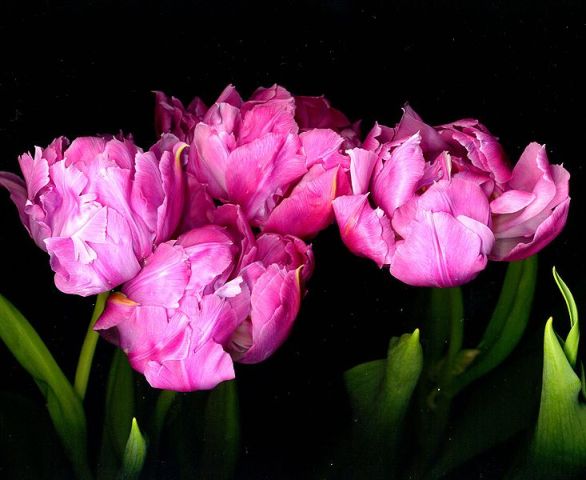polish & prime: beauty myths – true & false
There’s so much noise surrounding beauty products and practices. Are they really needed? Which ones are best? Do they actually make a difference? It’s enough to give me a headache. I only remember my mother wearing make-up once. For my entire life, her beauty regime has consisted of sunscreen, moisturiser (both body and face) and hand-cream. And she’s gorgeous – my friends always think she’s ten years younger than what she is. I grew up with the ethos of physical beauty being about taking care of yourself as opposed to being about cases of make-up and expensive lotions and potions.
In this new column I’m searching for answers to questions I have in regards to beauty products and practices. It’s not about comparing ten different brands of red lipstick. It’s about understanding the skin I’m in, what I’m putting it through, and what the best way to nurture it is. It’s about having a larger understanding about the products I use, and how I can get the most from them.
I’ve recently been in contact with some people in the industry and will be bringing you more comprehensive articles on basic beauty practices. But to ease us in, I bring you a ‘true or false’ edition of five common myths regarding beauty.
Myth: You rarely get pimples after the age of twenty.
False. At 27, I probably have more acne than I did at 17. After a breakout on my jawline a couple weeks ago, I called my best friend in a rage, crying, ‘I’ve just entered my late twenties. Why am I getting pimples?’ An easy answer could be that I live in the big bad city now instead my clear-aired country town. A dirty little secret no one tells you at 14: your skin can be affected by environmental and hormonal reasons. For. The. Rest. Of. Your. Life. So don’t pack away the Clearasil on your 20th. But it’s not all bad news: I’ve noticed a correlation between my break-outs and getting asked for ID, and by the time you turn 25, being IDed is sort of thrilling.
Myth: Cotton pillowcases give you wrinkles.
True. I know. This sounds like it was made up from the satin pillowcase society in order to generate sales. I love my cotton pillowcases so much – they’re Egyptian! They have a four figure thread count! But, if you’re like me and sleep on your side, creases in the pillow case transfer to your face. Have you ever noticed them when you wake up in the morning? When we get older, our skin loses its elasticity so over time those creases we used to be able to rub away become permanent. Unlike cotton, satin (or silk) is less prone to creasing. An added bonus is satin is less absorbent than cotton and won’t soak up your face cream. I haven’t been able to bring myself to make the switch yet, but it is important to note that it’s just the pillowcases that need to be changed, so you don’t have to completely overhaul your bed linen.
Myth: You should spray perfume on your pulse points.
True. Coco Chanel famously said ‘Spray your perfume where you want to be kissed’. While this is terribly romantic, if you want to get the most out of your perfume, spray it on your pulse points (such as your wrists, base of the throat, crooks of elbows and knees and the side of your jawline/neck). This is because heat is what diffuses and releases the fragrance of the perfume, so by spraying your perfume in these positions it gives it a richer release. Just remember to not over-do it – pick two or three spots and stick with those, you want your scent to linger, not engulf everyone’s lungs.
Myth: You should pump your mascara wand in the bottle before you apply.
False. I used to pump the mascara wand in and out of the tube, because for some reason I thought it would mean the wand would get maximum mascara coverage. This is a move and notion that horrifies make-up artists. In reality, pumping the wand lets air into the formula and dries it out. This leads to the dreaded clumpy, spider lashes look. Instead, twist the wand as you take it out of the tube as this leads to an even coating, and won’t shorten the shelf life of your mascara. So remember not to pump – unless you like the spider lashes look, in which case, pump away, Charlotte.
Myth: You can use your kitchen cupboard products to make beauty products
True. If you need – or prefer – to spend your budget on things other than lotion or potions, there are many ways you can create your own products. Olive oil mixed with brown sugar and sea salt makes an effective exfoliating body scrub, a moisturizing face mask can be made of a mashed up banana and cooled recently-used tea bags work as a treatment for puffy eyes (the tea must contain caffeine though, as this is what shrinks the blood vessels to reduce puffiness).
If you have any burning questions about beauty products or practices you feel need to be explored, please email me at [email protected].


